RETRO – Joseph meant well… When his village, Ciran, is raided by enemy warriors bent on pillaging and slaughter, the young boy summons a powerful demon to protect his people, testing his newfound abilities. But the beast is out of Joseph’s control, destroying everything and everyone in its path – peasants, soldiers; innocents and murderers alike. Guilt-stricken, the unfortunate boy flees to another village, Masad, where he lives as a simple farmer, trying to forget his past. But he cannot escape his fate: years later, Masad is overrun by killing soldiers, this time looking for a boy with the “summoner” mark on his hand… Legend has it that this sorcerer, who summons demons and dragons, will defeat the bloodthirsty Emperor Murod of the Orenian Empire, so the fearful monarch burns everything to the ground to capture him in time. With nothing and no one left to hold him back, Joseph sets out to find Yago, the mysterious beggar who revealed his terrible heritage to him as a boy…
This is the story that begins the all-3D reel of Volition, the Freespace of Descent fame. Announced in 2000, Summoner‘s sad and gripping basic story and interesting characters caught my attention right away, and the esoteric-techno-eastern MP3s downloaded from the official website quickly became my favourites. Since then, I’ve been blowing the music almost by heart, so I’ve been hunting for more and more pictures online, getting more and more impatient to finally try the game itself. After completing the roughly forty-hour ballad of Mosta Summoner, I can say that I was treated to one of the most enjoyable story and character-driven role-playing games of all time, ranking up there with the two Krondor (Betrayal and Return).
Interesting yet unpredictable
But let’s not get ahead of ourselves, let’s get back to the story of the game for a moment. The first congratulations must go to the makers on this front: the story, which is a little reminiscent of Raymond E. Feist’s novels, surpasses even the game adaptations of the Master’s works in places. The story of Summoner may sound familiar to many: not without reason, as there are specific motifs and allusions from works such as Hamlet, The Beggar and the Prince, and even biblical references. Nevertheless, the twists and turns of the game are often completely unexpected. Whereas in traditional role-playing games you always fight on the side of good and carry out clear missions with trustworthy companions, in Summoner it is very difficult to tell which powers and companions you can trust and which you can’t. At the most unexpected moments, an important character may turn out not to be who they say they are: powerful friends and supporters who seem trustworthy may turn out to be bad guys, and enemies may turn out to be the same person we’re fighting for the same goals. The story of the game is so well done that, even with the occasional boring hack’n’slash sections, it kept me glued to my screen until the final frames.
The most divided team in RPG history
Summoner characters, in the tradition of Krondor, Vampire, Final Fantasy and other story-centric role-playing games, are not generated by the player according to various values at the very beginning but are real “flesh and blood” characters with their own backstory, traits, motivations, and defined roles in the story. Moreover, I would venture to say that even compared to the illustrious predecessors listed above, we are dealing with characters of outstanding interest. After all, in other RPGs, we’ve become accustomed to adventuring team members who are truly good friends, who sacrifice themselves to help others. Well, the four main characters in Summoner, who have been forced to team up, not only don’t like each other very much, but one of them has even vowed to slit Joseph’s throat at the first opportunity… This suspicion/anger/hatred creates an unusual tension in the story: we never know when the heroes, who have fought shoulder to shoulder up to this point, will come face to face.
Across two continents
The well-developed world is another of Summoner’s strengths. The story takes our heroes through the two continents of Khosos’ world, Medeva, which resembles medieval Europe, and Orenia, which resembles Japan. You can wander between the different locations via a top-down map similar to Final Fantasy or Return to Krondor. Sadly, the inevitable (and after a while terribly tedious) random encounters are also present in Summoner, but thankfully we have to deal with them far less often than in Final Fantasy VII, for example. At the beginning of our adventures, we set off from the burnt village of Masad with Joseph, from where we can reach Lenele, the huge royal city, where we wander through the various quarters (suburbs, merchants, old town, royal quarter, etc.) and soon find ourselves in the sewers, to enter the royal palace.
Leaving Lenele, you will find even more varied locations, including a temple on a lonely island, its haunted catacombs, mysterious ruins, a prison castle, Far Eastern villages and the capital of Emperor Morud’s empire.
As well as the main quests, there are plenty of side quests – some of which are interesting, but unfortunately, a large number of them are rather boring and lengthy. At first I found them fulfilling, but I have to admit that I stopped trying so hard after the second half of the game…
Butchering FTW
To the casual player, Summoner might seem like a simple Diablo clone at first – after a few hours of combat – but once you’ve progressed a fair bit and faced tougher opponents, you’ll soon realise that it’s a truly complex combat system and one for which Summoner deserves all the credit. The combat is a bit like that of the computer-based Vampire: the rotating, fully 3D combat here is also partly in real-time; alongside the character you’re controlling, others are eager to cast spells or fight with their various weapons – when needed most – thanks to artificial intelligence.
Also, the makers have – very wisely – learned from the mistake of Nihilistic’s team, and we can stiffen up the combat from the start, not just after a patch like in Masquerade, so we can conveniently rearrange our disjointed little team, issue new orders or retreat with our slapped-down warrior at any time.
The AI of our own characters is also better than Vampire’s: thankfully, there’s no-nonsense about our mages unleashing the most brutal and mana-intensive magic on a few field rats, leaving no ammo for tougher enemies. In Summoner, instead, Joseph and Rosalind (when we’re not with them) mostly just use basic offensive spells (fire arrow, fireball, lightning bolt, hailstorm, etc.) or very useful ones that paralyze more dangerous opponents.
Another great new feature is that our characters’ Ml not only uses attack spells but also healing spells (this needs to be set in a separate menu): when we are busy crushing enemies with Jekhar and our hero is bleeding from several wounds, Rosalind or Joseph will regularly heal him with “heal” without having to switch to them. (This is also very important because of the “chain attack” – more on that later.) Unfortunately, nothing is perfect: poor Rosalind was very often called “you goose”, or rather an unintelligent woman who sells her charms for money.
In fact, her Ml, besides being one of the most useful characters under my control, and one of the most skilled in the most violent spells, often makes her do some real “blonde leaping” (and she has nice long brown hair): when her mana wears off, she simply jumps at even the strongest enemy and starts hacking at him with her quack staff. It’s a very comical scene: he usually slowly turns to Rosalind (“What do you want?!) and then with two quick swings, he puts the poor woman down. So it was only Rosalind’s Ml that annoyed me in the otherwise very good combat system: after the fight had stiffened, I often had to take control of her only to have to swing her back to the edge of the battlefield, far away, like a blind horse, running forward without pause, with her exhausted paw.
“You chained dog!”
A great new feature of Summoner – though a bit unusual in PC role-playing games – is the “chain attack”. This attack type, typical of console RPGs, applies exclusively to weapons used in melee combat. You can use it when a chain-like icon appears above your character’s head – press the right mouse button. Your hero will then deliver a special blow or possibly cast a healing spell. After the first ‘speck, we can keep on hitting the enemy with more, and as long as we can chain our attacks together (the program acknowledges this with the numbered ‘chain X’), the enemy can’t spit or lick (it doesn’t hit back). It’s worth using chain attacks often because after a while you can gain new “specks”, which you can use by setting them in the character menu. During fights with smaller but more populated opponents, I used Jekhar to diligently chain-whack the enemy while Rosalind and Joseph attacked or stunned them from behind with fire, lightning and ice. When my warrior was badly whacked, Joseph’s would heal him and Fleece would thin his ranks with a bow.
Summon this!
I haven’t mentioned the “soul” of the game, summoning creatures. At the beginning of Summoner, Joseph couldn’t even summon a mouse, because after his childhood trauma he threw the “ring of darkness” into the well of his village. In order to bring his dormant abilities to the surface, he must first meet his master, Yago, whom Joseph once knew as a beggar, but now lives alongside the king as one of his most valued advisors. The journey to the palace (Yago) is of course a bumpy one and a bit boring, but for the more impatient RPG fans, I recommend you to hold on, as things will pick up later on.
Throughout the various main quests, you’ll acquire more and more magic rings, which you can use to summon more and more demons with spectacular effects, and from the second half of the game, dragons. These otherworldly creatures can be fought and conjured in much the same way as our own characters. Personally, two creatures really stood out for me, and I used them the most throughout the game: the undead wraith was not only very good at ice spells, but was invulnerable to some combatants, and the lightning-fast slashing sky samurai was sent to the front line as a butcher alongside Jekhar, while we used magic and bows to line up the enemy from behind with Joseph, Rosalind and Fleece. The various clumsy golems were not so sympathetic to me: they moved slowly and hit even more slowly and inaccurately…
The dragons appear on the scene later: unfortunately, they only join us for a single spell. In a scene very reminiscent of Final Fantasy 8’s GFs, they inflict a lot of damage on the enemy and heal us. Much to my chagrin, these reptiles are not as effective as you’d expect them to be: to get a “double Jekhar strike” attack in, Joseph has to use an awful lot of mana. So I stuck with my samurai, and only summoned a dragon when things were really bad, but Joseph still had plenty of magic left.
Go for the eyes, Boo!
Aside from the story and combat system, Summoner’s third strength is its spectacular, fully 3D visuals. The most impressive graphics are the depictions of various medieval or oriental towns, villages, huge castles, catacombs and caves. Volition has not been sparing with the use of 3D effects either: a veritable cavalcade of colour, light and smoke can be seen during the magic spells.
The sophisticated presentation of the characters is a very important feature in role-playing games, and the creators have not disappointed with the main and important characters. For example, the tortured, ageing face of Joseph, Rosalinde, who is both charming and mysterious, and the Spanish features of the king’s brother, have been developed with real skill. I also snapped in recognition at the various transition cinemas: the portrayal of the powerful emotions reflected in the characters’ expressions is first-rate – such as the terror on Rosalinde’s face when she sees Carados, the undead knight, or the giggles on King Belias’ face when he hears some shocking news.
Unfortunately, the makers have rather bungled the development of the less important supporting characters (such as the people walking up and down or the vendors). I could tolerate the fact that their polygon count is drastically lower than that of the main characters, and that their “nerdy” appearance is therefore much more ugly, but it is really gross that, for example, the stout street vendor, the crack-tailed lecher, the dignified priestess, the haughty aristocratic lady, or the indoor cat, all look the same, due to the same 3D model and dress (!)! Even more annoying is the uncritical 3D camera view, which is well below that of Return to Krondor, which also struggles in this area, or Vampire. At times, you simply cannot get a normal distance or look up, which not only makes clashes chaotic in real-time but also makes it impossible to target enemies even when frozen, simply because they are close but not in your line of sight! I also encountered some minor graphical glitches: when running down a slope or stairs, or uphill, my characters would sometimes end up in a very silly angle. And the phenomenon of a bug that sometimes caused their eyes and teeth to be on the back of their heads was particularly scandalous! So in terms of fully 3D visualisation, role-playing game designers have a lot to learn…
The sound effects go with a soda – sort of Summoner supports my Sound Blaster Live! (and when the game loads, it lets me know with a very loud chattering sound accompanied by a special hanging sound effect), but apart from the fact that I can hear my companions behind me clearly from the rear speakers, I didn’t encounter anything special.
I also really missed the digitised dialogue – in 2001 this would be a minimum…
The game’s music, however, is quite magical: the sometimes esoteric, mournful or oriental tunes really enliven the wandering between battles and missions, and also make up for the silent dialogues a bit. (By the way, you can find most of the music on the game’s official website in MP3 format – eleven full-length, uncut (!) tracks.)
Summa Summoner
Despite its flaws, Summoner is one of the most enjoyable, well-crafted RPGs of all time. It’s a little noticeable in the game that it’s primarily intended for the PlayStation 2 market, but I think it’s managed to mix PC and console role-playing elements in the right proportions this time. There were occasional idle moments or more boring hack’n’slash fights that made me wish the whole thing to hell, but thanks to the interesting storyline with political intrigue, personal conflicts and betrayals right up to the very end, and the well-developed characters, I didn’t give up on the game and I don’t regret getting to know the story of Joseph the Summoner.
– BadSector(2001)-
Pro:
+ Great story
+ Interesting characters
+ Very well developed combat system
Against:
– Camera problems
– Graphical bugs
– Some side-missions are really boring
Publisher: Volition Software
Developer: THQ
Style: RPG
Release date: 24 October 2000.
Summoner
Gameplay - 8.2
Graphics (2000) - 8.1
Story - 8.6
Music/audio - 9.4
Ambiance - 8.8
8.6
EXCELLENT
Despite its flaws, Summoner is one of the most enjoyable, well-crafted RPGs of all time. It's a little noticeable in the game that it's primarily intended for the PlayStation 2 market, but I think it's managed to mix PC and console role-playing elements in the right proportions this time. There were occasional idle moments or more boring hack'n'slash fights that made me wish the whole thing to hell, but thanks to the interesting storyline with political intrigue, personal conflicts and betrayals right up to the very end, and the well-developed characters, I didn't give up on the game and I don't regret getting to know the story of Joseph the Summoner.

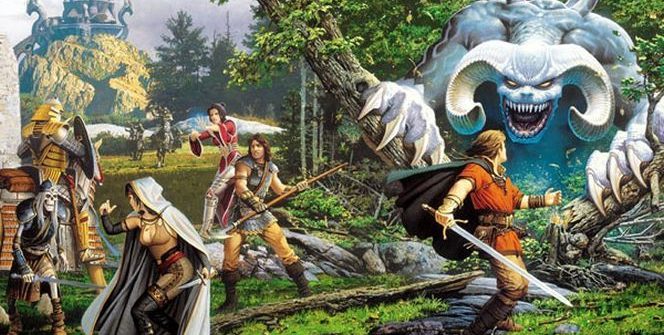
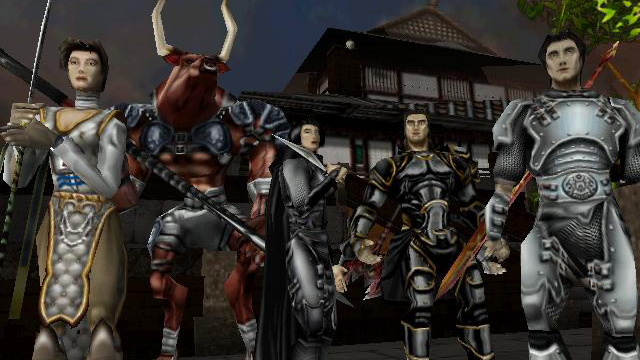
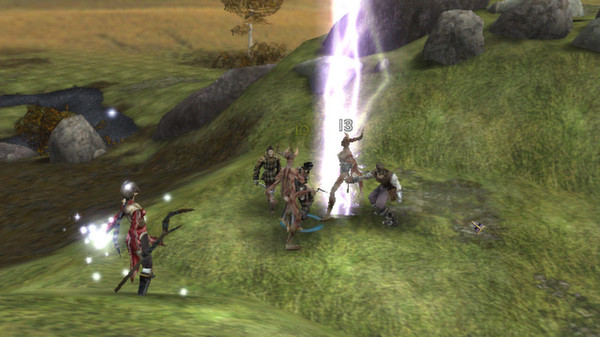


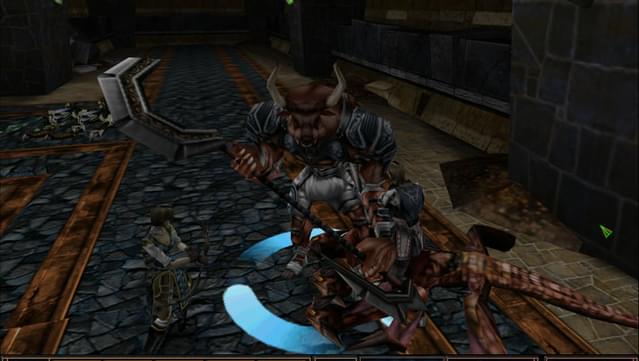
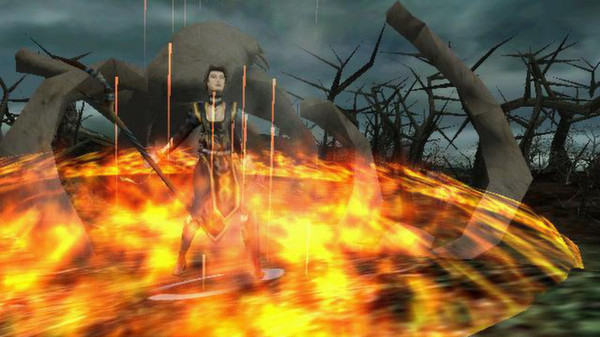
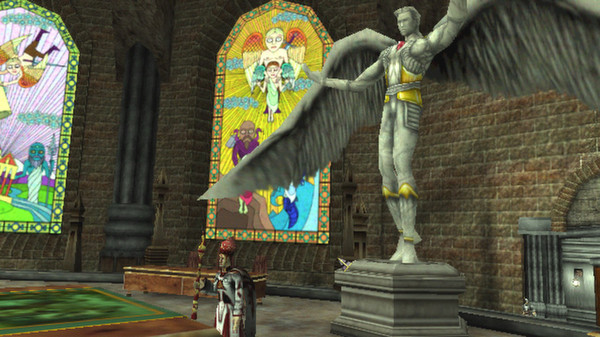
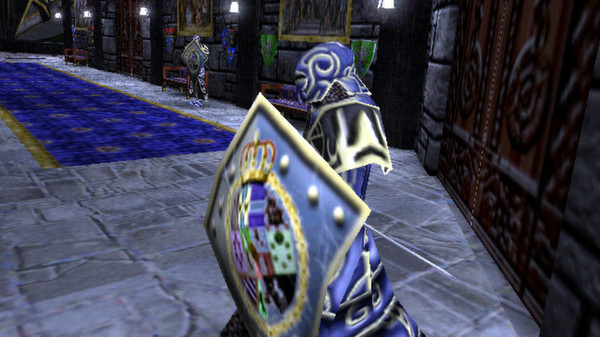
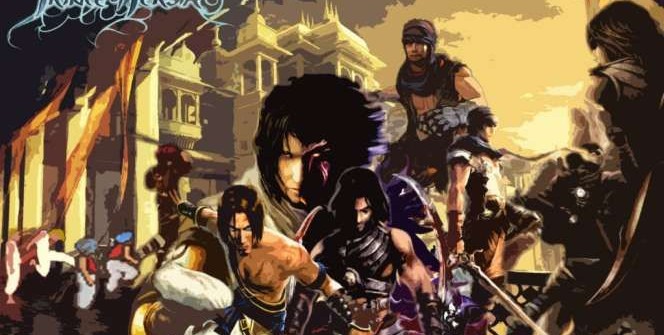




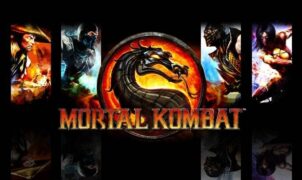

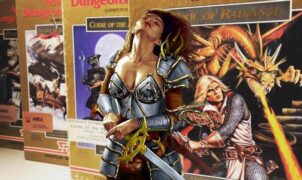






Leave a Reply